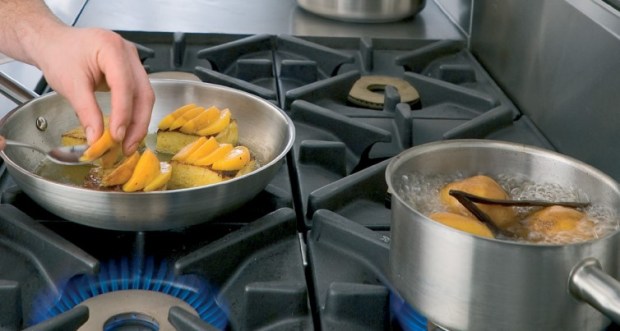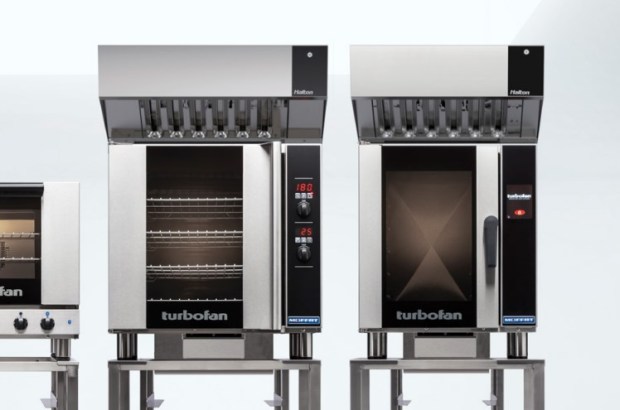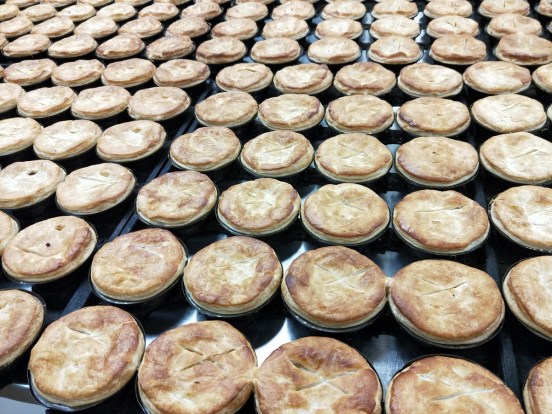The latest Restaurant Association Hospitality Report finds that nationwide sales for the hospitality industry have continued to grow, with takeaway food recording the highest growth.
In 2018 New Zealand’s hospitality sector achieved record sales of over $11.2 billion (year end March). This represents sales growth of 3.6 per cent over the previous year, which after two years of significant growth (8.2 per cent from 2016-2017 and 9.7 per cent from 2015-2016), settles at a more stabilised level in 2018.
Conversely eftpos data shows that grocery sales are continuing to slow, pointing to people eating out more often, replacing meals that may traditionally gave been eaten at home.
Over the past five years, here has been a slowdown in year on year supermarket sales growth from 4.9% in 2014 to 3.9% this year.
A recent My Food Bag and Stuff survey showed that only 52% of parents now eat at home every night. Statistics NZ data₂ shows that more than a quarter (26 percent) of all food-spending is now spent in restaurants and on ready-to-eat meals, such as takeaway hot drinks and takeaway pizzas (compared with 23 percent in 2014). 1. Marketview consumer spending year ending June 2018 2. Retail trade survey: March 2018 quarter
The takeaway / food to go sector is recording the highest growth. Sales for the food to go sector grew 5.7 per cent in 2018. In dollar terms this translates to an increase in annual sales of $148 million.
But it seems us Kiwis are still hooked on dining out with restaurants and cafes the biggest winners accounting for $5.6 billion of all hospitality sales.
Consumer spending is highest in Auckland, Wellington and Christchurch. These three regions all have annual sales of more than $1 billion per annum.
The Ministry of Business Innovation and Employment (MBIE) forecast annual employment growth for the hospitality sector to be 2.7 per cent per annum through to 2026. For the period 2016-2017, however, the industry achieved employment growth of almost three times that, at 6.8 per cent. The total number of employees employed in hospitality is now just under 130,000, with more than 72,000 people employed in restaurants and cafes.
Hospitality business owners rank their number one challenge as the lack of skilled employees, followed by managing wage costs. This competition for skilled employees has the potential to drive wage rises in some regions, although operators also look for creative ways to retain employees to ensure their labour costs are kept under control. Wages have the potential to rise beyond customers’ expectation of price rises and that’s a challenge and balancing act that hospitality business owners face.
The challenge for hospitality owners to find staff is compounded by the number of new businesses opening every week, although to a certain extent this is offset by a comparative number of businesses closing. In 2017 while more than 2,700 new businesses opened, due to those closures, the volume of new outlets overall was an increase of 534 new establishments.
The hospitality industry has performed exceptionally well in recent years and although 2018 sees more restrained growth, the industry is well positioned to face the challenges of the industry’s competitive operating environment. Although a more cautious outlook is expected for the remainder of 2018, there are also opportunities for operators, particularly for those that deliver an exceptional offering to customers and for those that embrace changing consumer dining trends and developments in technology to help grow their business.
Highlights:
- Nationwide sales for the hospitality industry in 2018 (year end March) increased by 3.6 per cent, to exceed $11 billion.
- The sales growth in 2018 carried across all sectors, excluding the clubs sector, with takeaway / food to go recording the highest growth of 5.7 per cent.
- Regionally, revenue growth in the Bay of Plenty region was highest for the second year in a row, at 6.8 per cent, followed by Auckland, at 5.1 per cent.
- The number of hospitality businesses nationwide increased by 534 to 17,328 in 2017.
- The industry currently employs almost 130,000 people.
- The top challenges identified by the industry are lack of skilled employees, wage costs and building and maintaining sales.








